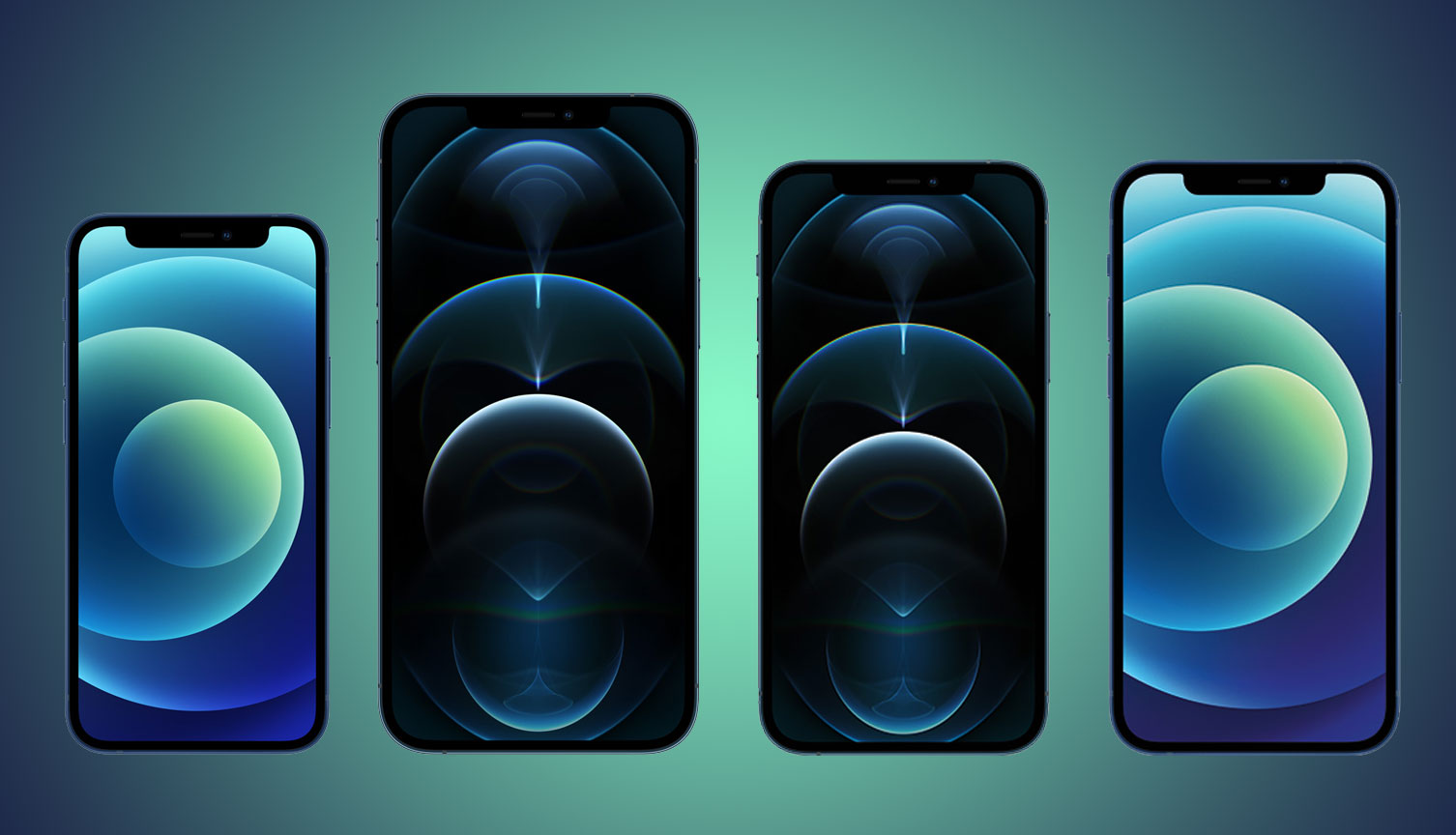What is 5G? Everything you need to know

We’ve all heard that it's here, but just what is 5G exactly? Mobile companies are excitedly telling us that they're developing their networks, and new smartphones such as the iPhone 12 and Samsung Galaxy S21 are 5G-compatible, but many people seeing the 5G icon on their phones are still wondering what difference they should be noticing in the experience.
In this guide, we look at how 5G works, what 5G will allow us to do, and what difference it will make to how we use our devices. Check out our guide to the best smartphones if you’re looking for a 5G compatible device. In the meantime, read on to learn what 5G means.
What is 5G?
The G in 5G denotes a generation of mobile network technology, so 5G is the fifth generation. Each generation has seen an advance in data transmission speeds.
To recap, so far we’ve had analogue 1G, and then came 2G, which saw the first generation of digital technologies such as CDMA, GSM, and TDMA. 3G tech, such as EVDO, HSPA, and UMTS, meant another leap forward that took speeds from 200kbps up to a few megabits per second. The advent of 4G technologies, such as WiMAX and LTE, has since taken speeds to hundreds of megabits and even gigabits per second.
5G now promises three big advances: broader channels to speed up data transmission even further, lower latency to allow greater responsiveness, and the ability to connect many more devices to mobile internet at the same time.
What’s the difference between 4G and 5G?

So what is 5G's benefit over 4G? For the moment, many users will probably see little notable difference since although 5G technology exists, the experience has yet to catch up. For 5G to offer a superior experience, it needs broad, dedicated channels, ideally 50MHz or wider, such as C-Band, which in the US was only auctioned earlier this year.
As in previous transitions, many of the big changes will come in the years after the launch of the new technology. However, as the network catches up, ultra capacity 5G will offer speeds ten to 20 times faster than 4G, easily reaching gigabit-plus browsing speeds as standard.
Daily design news, reviews, how-tos and more, as picked by the editors.
Unlike with previous generations of mobile technology that saw a break in encoding methods, with 5G, there's no incompatibility with the prior technology. 5G phones initially all need 4G networks and coverage. There's a movement towards "standalone" networks, but for now they still lose performance without assistance from 4G.
What will 5G allow us to do?

5G will allow smartphones to do everything they can already do but at speeds that couldn't be imagined a few years ago. Mobile video, for example, should become smooth and glitch-free and there will be less delay when playing streamed mobile games.
But 5G also promises to allow new futuristic-sounding applications that have yet to be developed. It will allow more devices, including small low-power devices with ambient sensors, to be connected to the internet, for example, alarms, cameras and sensors for security, and smart wearables that can monitor health in real time.
The high bandwidth and low latency of 5G could allow future generations of driverless cars to interact with both other vehicles and smart roads and online maps to improve safety and traffic management through the almost instant exchange of data. Similary, it could allow the coordination of swarms of drones, for search and rescue or traffic monitoring, for example, since they could communicate wirelessly with each other as well as with base stations on the ground.
5G will also allow another leap forward in the development of virtual and augmented reality as smartphones increasingly evolve into devices designed to be used with VR headsets. Smart glasses will be able to offer augmented reality, mobile virtual reality and far better video quality.
It’s also been said that 5G could make internal storage on smartphones almost irrelevant since it will be possible to quickly store very large files to the cloud, which makes it possible to capture the huge photos and videos offered by newer smartphones without running out of storage on the device.
How does 5G work?
Like previous networks, 5G uses a system of cell sites that divide their territory into sectors and send encoded data through radio waves. 5G networks use OFDM encoding, which is similar to 4G LTE, but the air interface offers far lower latency and greater flexibility.
The four previous generations of mobile networks used macro cell towers, hundreds of feet tall, which needed a lot of power to transmit over significant distances. 5G uses a combination of frequencies from multiple bands – as well as traditional macro cell towers, it also uses much smaller micro cells for millimetre wave spectrums, in order to create ultra-fast coverage that permits a higher density of usage.
Where is 5G available?
As with previous generations, 5G is being rolled out in stages by different carriers in different countries. All major US carriers now have some form of 5G coverage, with cities being progressively added.
Ultimately, the speed you get will depend on the investment your carrier has made in its network. The surest way to check whether 5G is available in your area is to check your carrier’s coverage map, which should usually be available on their website.
What 5G Phones are available?

5G phones are now the norm, and most of the upper-end newer smartphones are 5G-ready. The Apple iPhone 12, the Galaxy S21, Google Pixel 5, and the LG Wing have high-band 5G. Huawei, Oppo, Realme and Xiaomi also have 5G models but they are not compatible with the frequency bands in every territory.
Also Read:

Joe is a regular freelance journalist and editor at Creative Bloq. He writes news, features and buying guides and keeps track of the best equipment and software for creatives, from video editing programs to monitors and accessories. A veteran news writer and photographer, he now works as a project manager at the London and Buenos Aires-based design, production and branding agency Hermana Creatives. There he manages a team of designers, photographers and video editors who specialise in producing visual content and design assets for the hospitality sector. He also dances Argentine tango.
